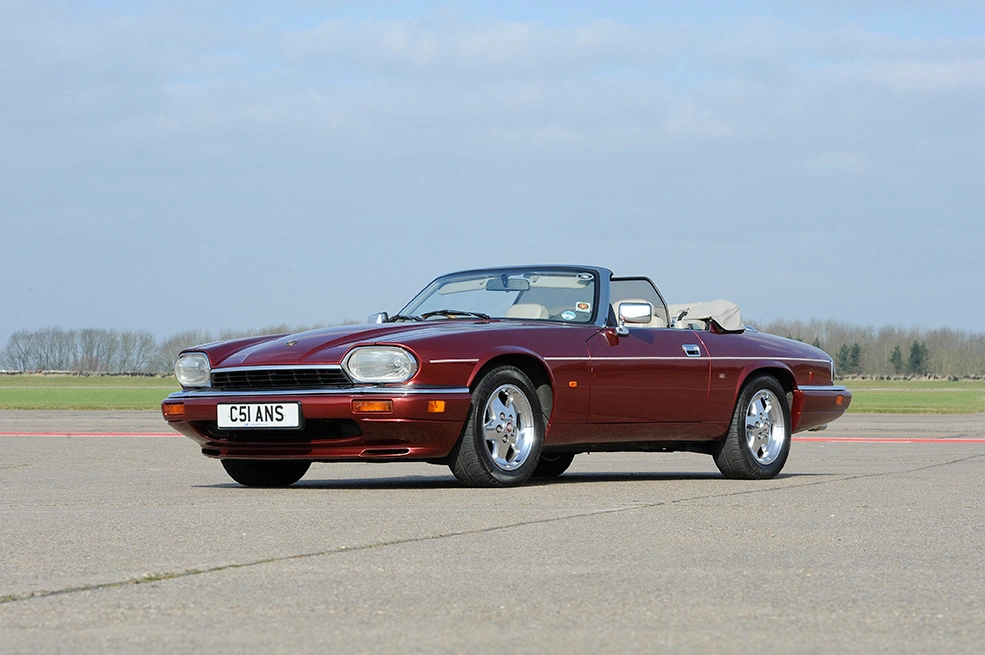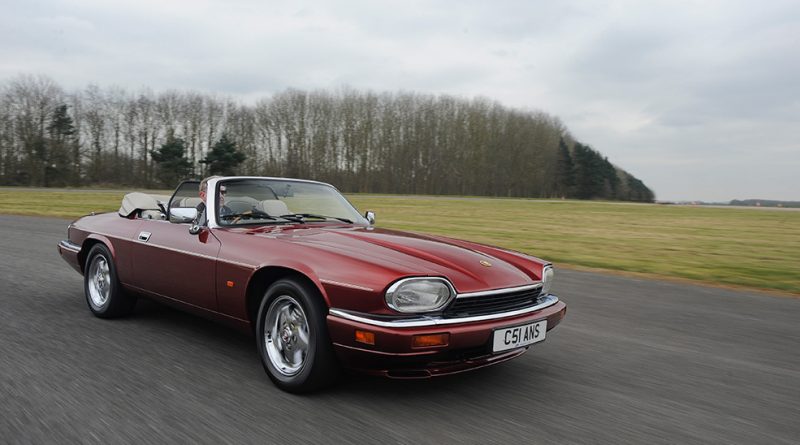1984 Jaguar XJS Coupe
The Jagua XJ-S, commonly known by its later hyphen-less XJS name, was a controversial offering when new – but like so many flops of the period, it has since matured into a highly desirable classic. Various well-judged updates occurred over the car’s considerable 21-year lifespan; a production period that helped it beat the E-type’s sales record by attracting more than 115,000 customers worldwide.

Many buyers might baulk at the thought of running (and maintaining) a V12, Jaguar’s classic powerplant is an inherently reliable unit – as long as its owner is fastidious when it comes to maintenance. Its coolant must be replaced every two years (using good quality antifreeze), for example, as the radiator tends to silt up quickly. If the coolant in the XJS you’re thinking of buying looks brown rather than clean and green, then find another car.
The V12 is famously smooth, with only the rattle of a loose timing chain (a common feature on higher-mileage cars in particular) to spoil the serenity. When buying any XJS, the lack of a service history or proof of maintenance should set alarm bells ringing. Similarly, if the engine you’re listening seems noisy, walk away.
The straight-six AJ6 engine is a reliable unit, with marque specialist KWE Cars reckoning on mileages of up to 150,000 before things start to get expensive – although this will depend on good maintenance.

Any XJS was a well-equipped car for its time, which means plenty of potential for things going wrong. The electrics can be troublesome, so make sure everything is working as it should – including the electric windows, aerial and so on, whilst keeping an eye on any warning light glitches. Make sure the gauges are all functioning, and on convertible cars check that the hood mechanism is working correctly.
The well-trimmed interior tends to last well, but you should still check the leather upholstery for signs of wear and damage – particularly the side bolsters of the front seats. Also inspect the carpets for signs of dampness, which might be caused by a leaking screen or rot around the scuttle.
The wood-veneer used on the dashboard, centre console and door cappings can suffer from cracked or even flaking lacquer on neglected cars, so check this carefully as a professional repair will be pricy. If you’re buying a convertible (or the rarer XJ-SC), check the condition of the hood itself, looking for any wear and splits in the fabric.

For a car that started out in life as a disappointment to many, the XJS went on to achieve the almost impossible. Here was a car that frustrated those who were looking for a ‘new E-type’ upon its launch in 1975, thanks to its hardtop-only spec and controversial styling; but by the early 80s, the XJS finally began to fulfil its potential via roofless options and an extra engine choice, opening up a whole new audience as a result. The fact that the final XJS was produced 21 years after the original was in itself a major feat.
The XJS is now a highly respected grand-touring classic, with the best examples seeing an upsurge in values over the last few years thanks to increased demand. In both six-cylinder and V12 guises, it offers effortless performance, impressive refinement and a great all-round driving experience.
We wouldn’t necessarily recommend a project car unless without serious funds in reserive, but for anyone with the budget for a well-preserved survivor, an XJS should prove to be a rewarding choice.




